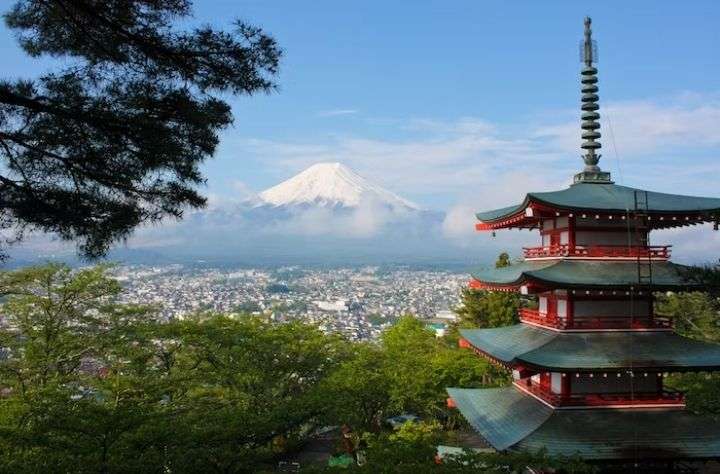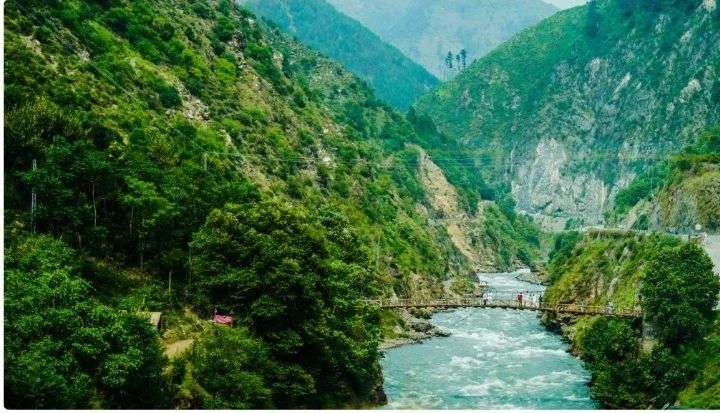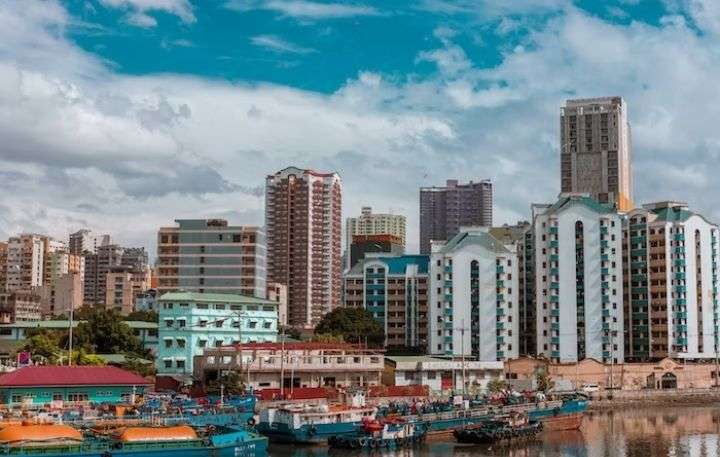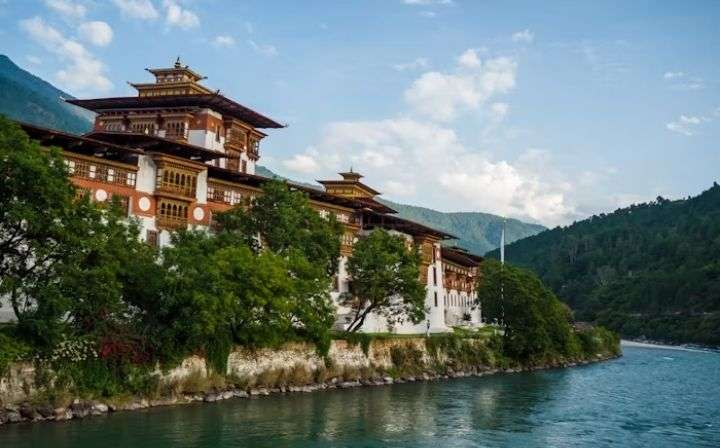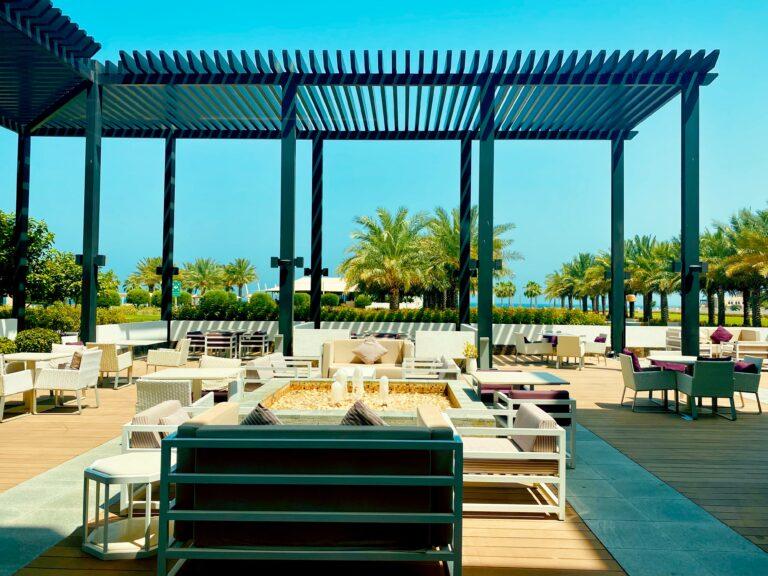Nestled in the heart of Northern Vietnam, the picturesque journey from Hanoi to Sapa is a captivating exploration of the country’s natural beauty, diverse landscapes, and rich cultural heritage. Sapa, a serene mountain town, is renowned for its stunning terraced rice fields, ethnic minority communities, and the towering Fansipan, the highest peak in Indochina. Embarking on this adventure promises a blend of scenic wonders and cultural immersion, making it an unforgettable experience for travelers seeking both tranquility and adventure.
Contents
The Route:
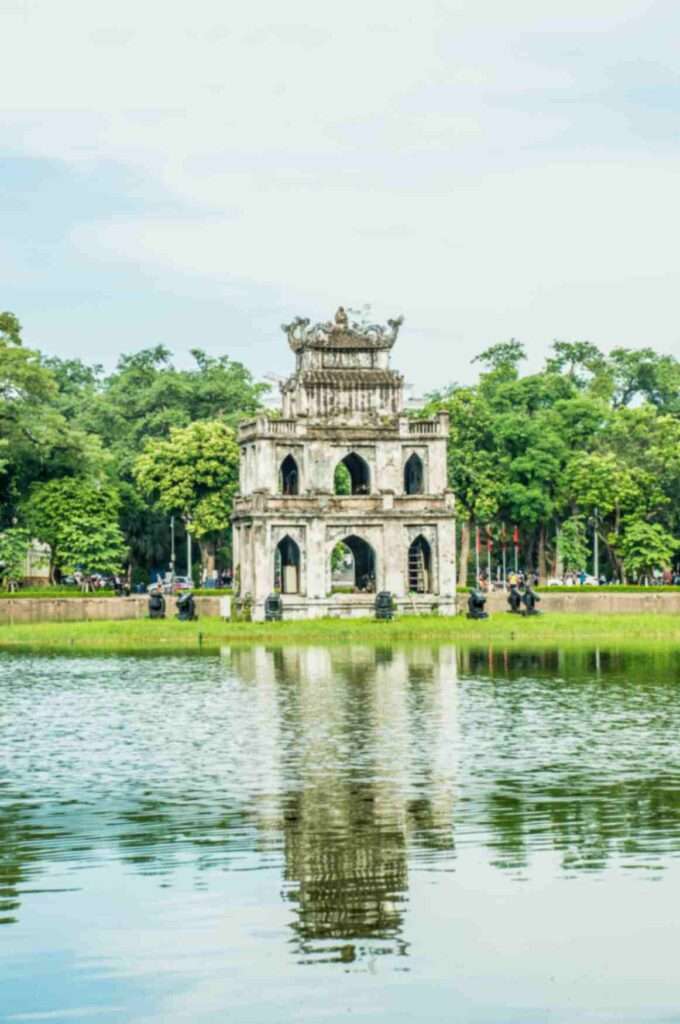
The journey from Hanoi to Sapa covers approximately 320 kilometers, taking you from the bustling capital to the peaceful highlands. While there are multiple ways to reach Sapa, the most popular and convenient option is by overnight train or bus.
Overnight Train:
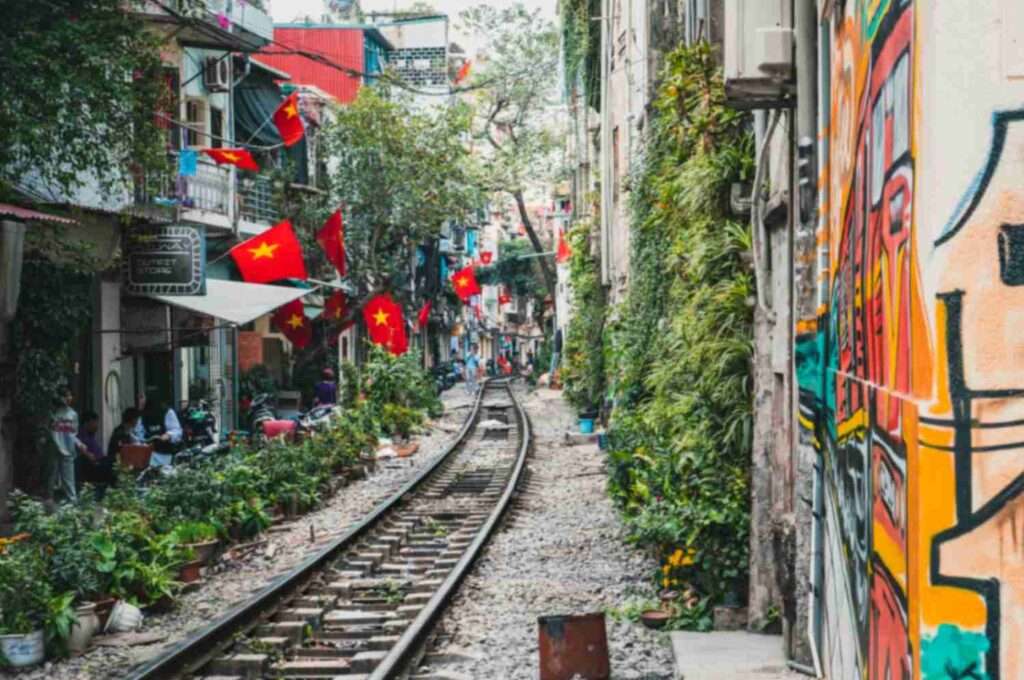
Boarding an overnight train from Hanoi to Lao Cai, the nearest station to Sapa, is a popular choice. The comfortable sleeper cabins allow travelers to rest and wake up in Lao Cai, ready for the final leg of the journey.
Bus:
Alternatively, buses departing from Hanoi can take you directly to Sapa. While the journey is longer by road, it provides the chance to witness the changing landscapes and rural life as you ascend into the mountains.
The Scenic Landscapes:
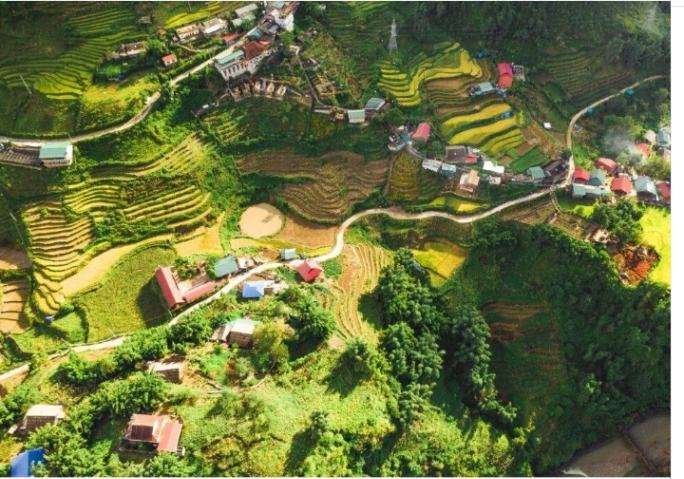
As the journey progresses, the landscapes transform from the urban hustle of Hanoi to the serene beauty of the Vietnamese countryside. The road to Sapa winds through lush valleys, terraced rice fields, and mist-covered mountains, offering breathtaking views at every turn.
Terraced Rice Fields:
Sapa is renowned for its intricate terraced rice fields that cascade down the mountainsides. These verdant landscapes are a testament to the agricultural ingenuity of the local ethnic communities.
Ethnic Minority Villages:
Along the route, travelers have the opportunity to visit ethnic minority villages, such as the H’mong and Red Dao communities. Interacting with the locals provides insights into their unique traditions, colorful attire, and traditional handicrafts.
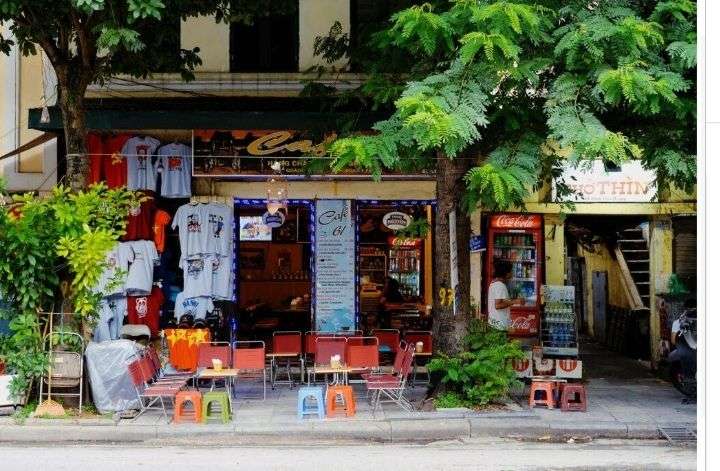
Sapa Town:
Upon reaching Sapa, visitors are welcomed by a charming town surrounded by misty mountains and vibrant greenery. The town offers a perfect base for exploring the surrounding natural wonders.
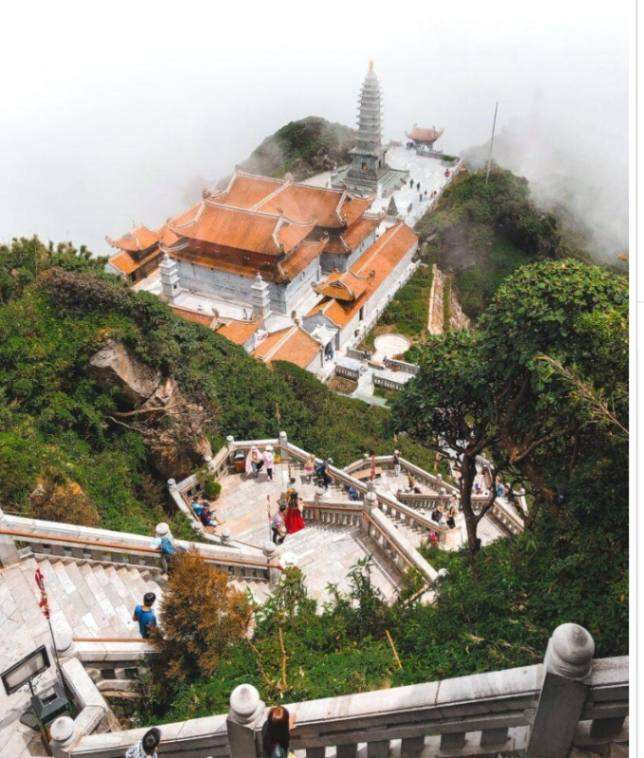
Fansipan Cable Car:
A must-visit attraction in Sapa is the Fansipan cable car, which takes you to the summit of Fansipan Mountain. The panoramic views from the cable car provide a mesmerizing panorama of the Hoang Lien Son mountain range.
Cat Cat Village:
Nearby, Cat Cat Village offers a glimpse into the daily lives of the H’mong people. The village is known for its traditional houses, waterfalls, and handicraft markets.
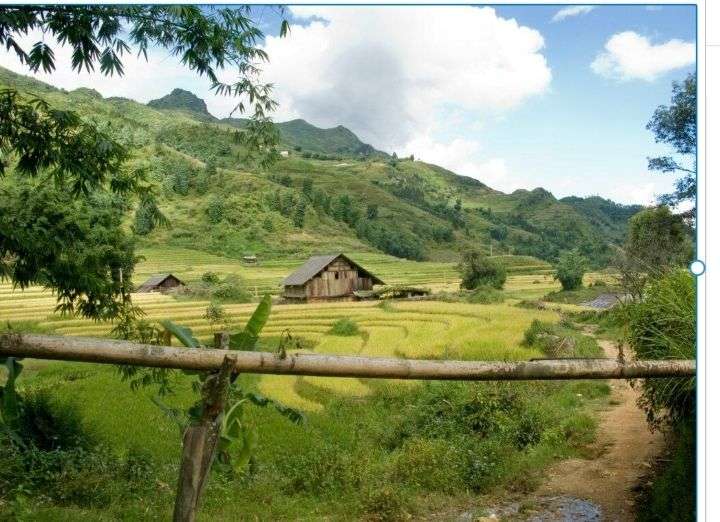
Conclusion:
The journey from Hanoi to Sapa is a captivating odyssey through the diverse landscapes of Northern Vietnam. Whether you choose the scenic train ride or opt for a road trip, the beauty of Sapa’s terraced fields, ethnic communities, and misty mountains will leave you enchanted. This adventure is not just a physical journey; it’s a cultural immersion that allows you to appreciate the rich tapestry of Vietnam’s northern region. Sapa, with its tranquility and natural splendor, beckons travelers to explore and savor the unique charm it offers.
Frequently Asked Questions (FAQ) about journey from Hanoi to Sapa
- How much can I expect to spend on a trip from Hanoi to Sapa?
The overall cost depends on your choice of transportation, accommodation, and activities. On average, budget-conscious travelers can plan for a moderate daily expense, considering accommodation, meals, and local transportation.
- What is the distance between Hanoi and Sapa?
It’s 320 km approx from hanoi to Sapa. The journey can be covered by overnight train or bus, offering different travel times and experiences.
- What is the best mode of transportation for the journey?
Both overnight train and bus options are available. The overnight train provides a comfortable sleeper cabin, allowing you to rest during the journey. Buses offer a more extended travel time but provide the opportunity to witness the changing landscapes on the road.
- How is the weather in Sapa, and when is the best time to visit?
Sapa experiences a temperate climate. The best time to visit is from March to May and from September to November when the weather is mild, and the landscapes are lush. Winters (December to February) can be cold, and the summer months (June to August) bring heavier rainfall.
- Are there safety concerns during the journey to Sapa?
The journey is generally safe, but it’s essential to take standard travel precautions. When exploring the mountainous terrain, be cautious of uneven paths. Follow local advice and weather updates for any potential disruptions.
- Can I visit ethnic minority villages along the way, and is it safe to do so?
Yes, you can visit ethnic minority villages like H’mong and Red Dao along the route. It’s safe to explore these villages, but it’s essential to be respectful of local customs and seek permission before taking photographs. Hiring a local guide can enhance your cultural experience.
- What activities can I enjoy in Sapa?
Sapa offers a range of activities, including trekking through terraced rice fields, exploring ethnic villages, visiting the Fansipan cable car, and experiencing local markets. The town provides a tranquil setting for relaxation and immersing yourself in the natural beauty of the region.
- Are there budget-friendly accommodation options in Sapa?
Yes, Sapa has a variety of accommodations to suit different budgets. Hostels, guesthouses, and budget hotels are available in the town, offering affordable options for travelers.
- Is it necessary to book transportation and accommodation in advance?
While it’s not always necessary, booking transportation and accommodation in advance can be beneficial, especially during peak tourist seasons. This ensures you secure your preferred choices and helps avoid last-minute availability issues.
- How can I stay informed about any travel advisories or updates during my journey?
Stay updated on travel advisories by checking official government websites or contacting your embassy. Additionally, local news sources and online travel forums can provide real-time information about the current travel conditions in the Hanoi-Sapa region.
I’m originally from Manchester (England) but I currently live in New York. I started this travel blog all the way back in 2009 to provide travel advice that wasn’t available in the guidebooks.
Since then I’ve traveled to over 60 countries, a lot of the time, solo. My site is filled with destination guides, things to do, epic itineraries and money-saving travel tips. I hope I can inspire you to see the world!

